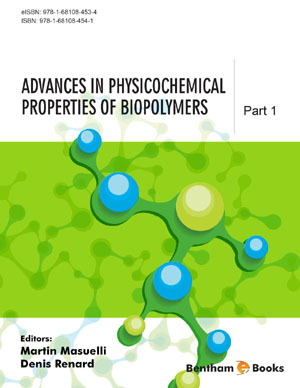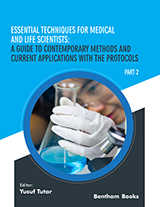Abstract
In vitro toxicity, molecular study of the toxicity mechanisms, which should account for the observed in vivo effects of toxic compounds, is a complicate issue. The study of organotin compounds is particularly complicate, since organotins, being chemically versatile, are able to bind covalently and non-covalently to many biomolecules; also organotins are soluble in lipophilic environments and can affect a wide variety of biological functions. Therefore, it is difficult to identify the biological mechanism and the molecular target inhibited by the lowest effective dose. In the interactions of organotin compounds with mitochondria, the problem is “simplified” since many organotins cause in vivo acute toxicity. Being mitochondria the energy source of the cell, mitochondrial impairment induces cell damage; therefore, in many cases, mitochondria are the molecular target responsible for the in vivo acute toxicity. On these bases, ATP synthesis mechanism in mitochondria should be carefully analysed, in order to individuate the step(s) inhibited by the toxic compounds. Many organotin effects on the mitochondrial functions are correlated with the ATP synthesis inhibition. In isolated mitochondria, the (alkyl)3-Sn- compounds inhibit all the steps involved in the ATP synthesis mechanism, but experiments performed in isolated cells suggest that the mitochondrial ATP synthesis inhibition is probably related to the opening of the membrane permeability transition pore. In addition, also triphenyltin opens the permeability transition pore and triggers apoptosis. Other putative and proven mechanisms of organotin action in mitochondria are considered in detail.

















